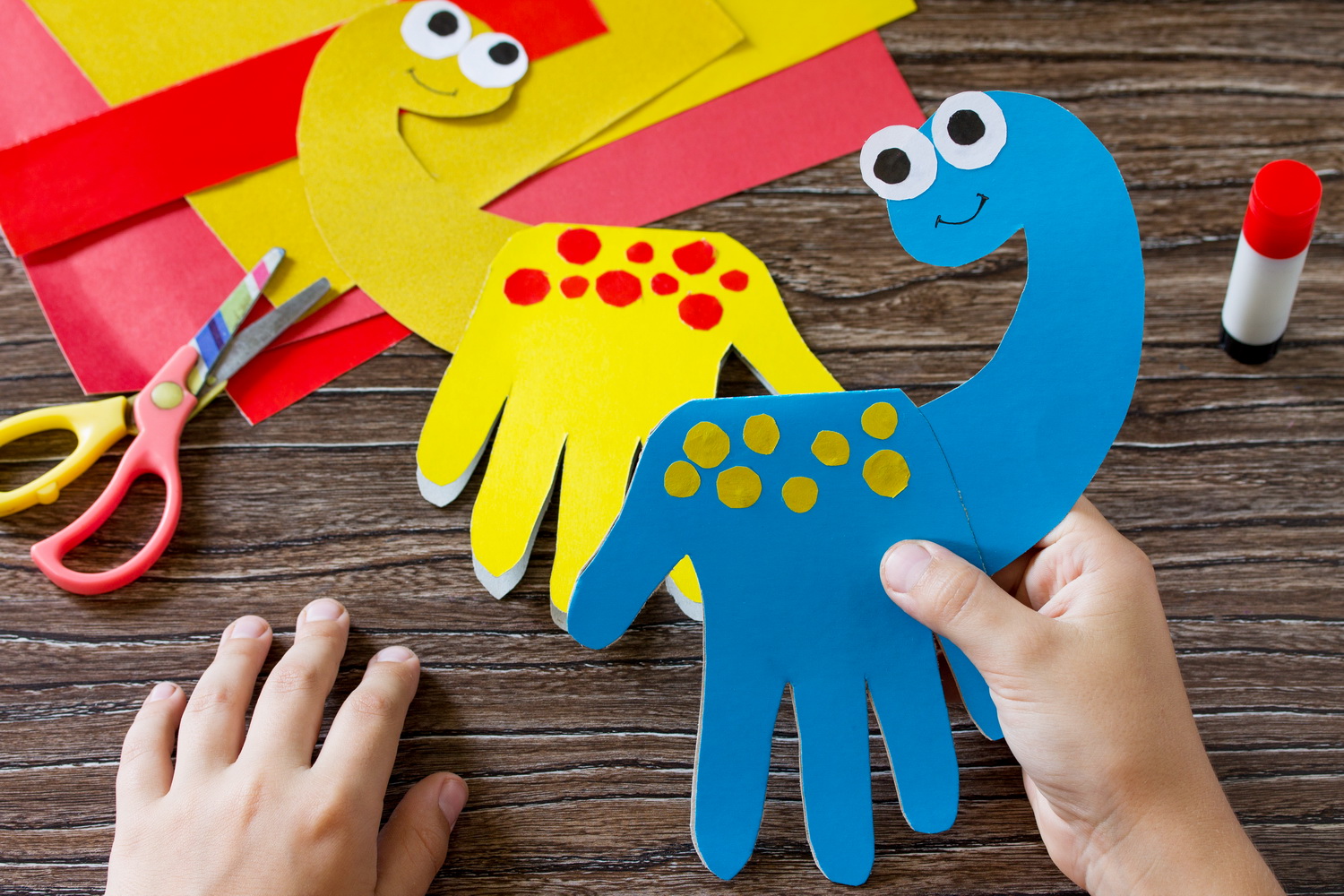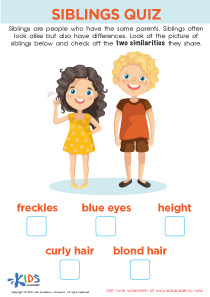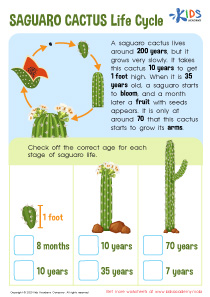Number Recognition Normal Science Worksheets for Ages 5-8
7 filtered results
-
From - To
Discover our engaging "Number Recognition Normal Science Worksheets" designed specifically for children aged 5 to 8. These worksheets seamlessly blend scientific concepts with essential number recognition skills, making learning both fun and educational. Each activity encourages kids to identify and understand numbers through colorful illustrations and interactive exercises related to everyday science scenarios. Perfect for classroom use or home practice, these worksheets foster early math skills while sparking curiosity about the world around them. Support your child's learning journey and help them build a strong foundation in both mathematics and science with our thoughtfully crafted resources. Start exploring today!
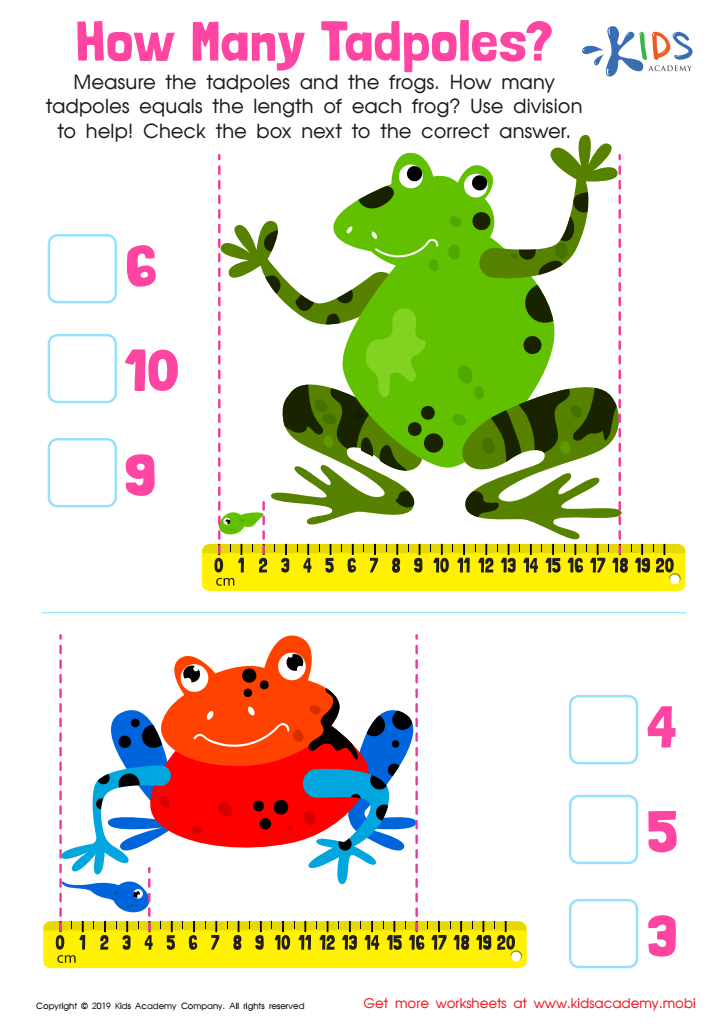

How Many Tadpoles Worksheet
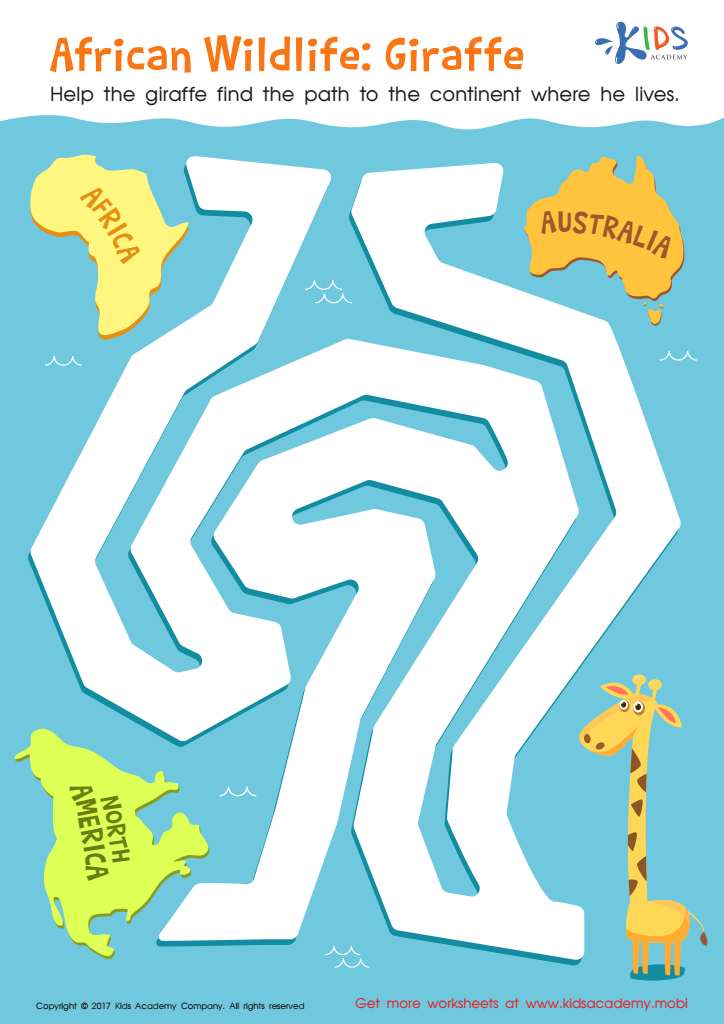

African Wildlife: Giraffe Worksheet
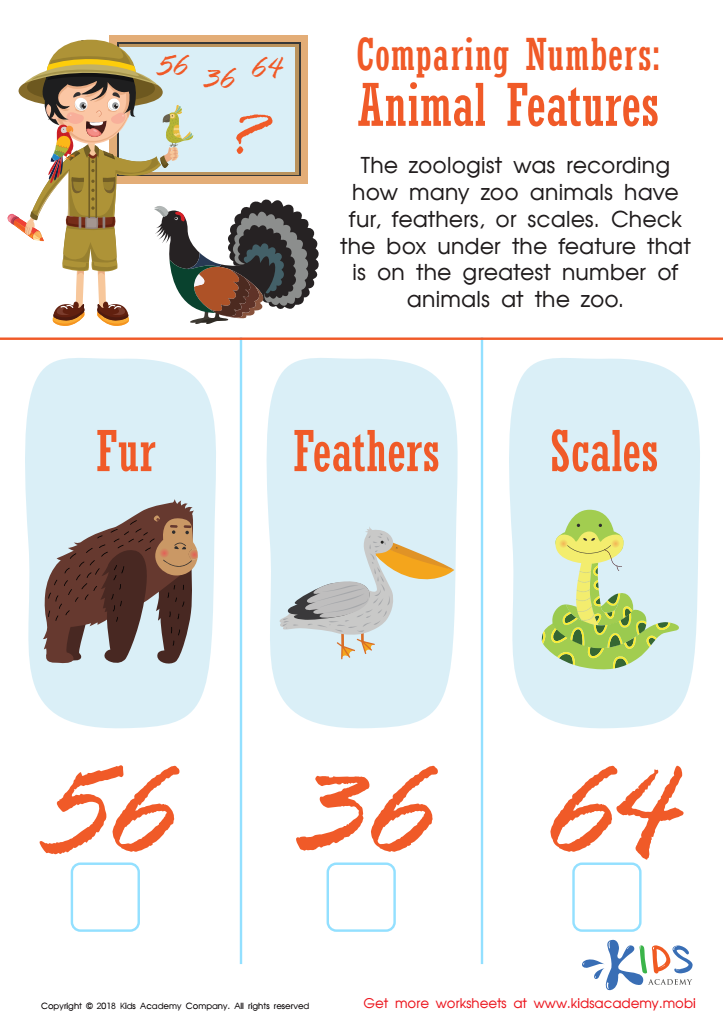

Animal Features Worksheet
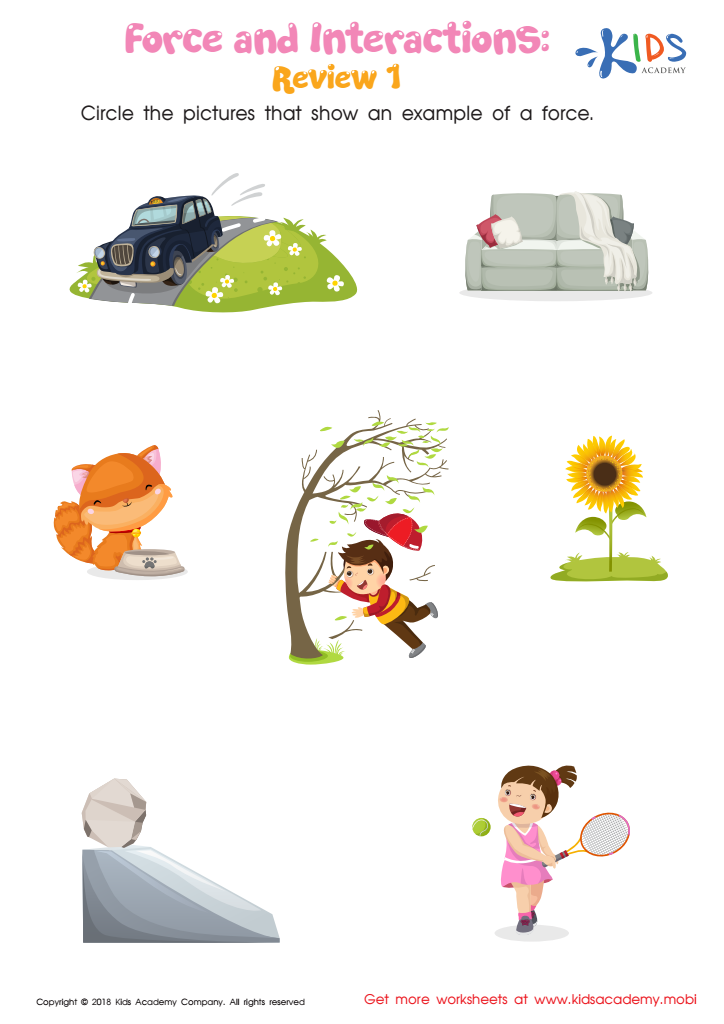

Force and Interactions: Review 1 Worksheet
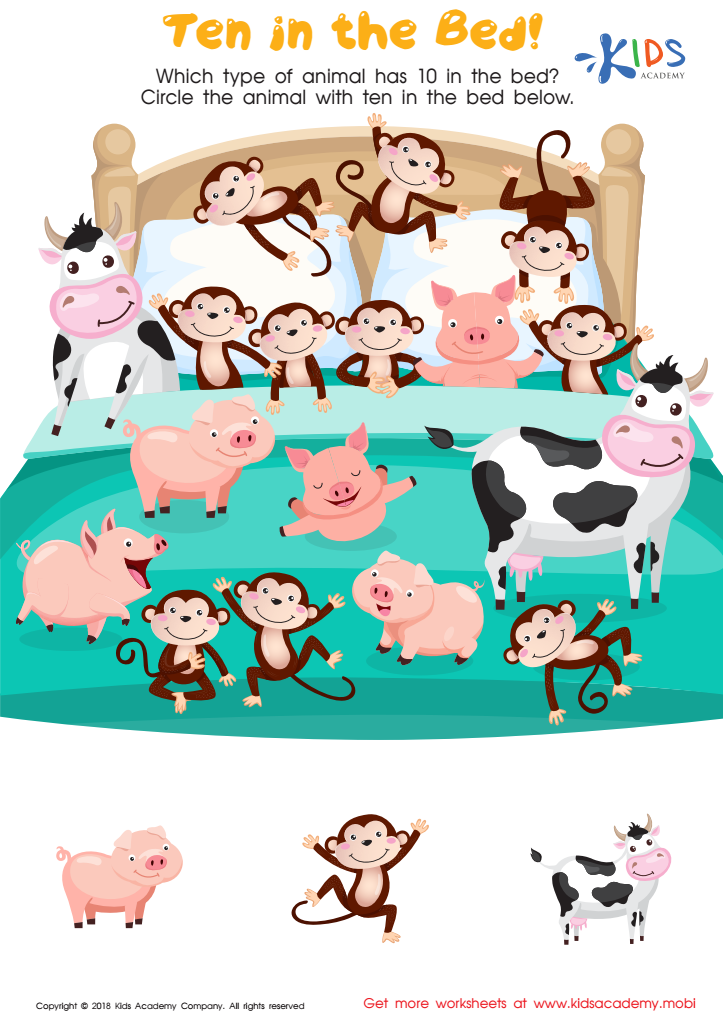

Ten in the Bed Worksheet
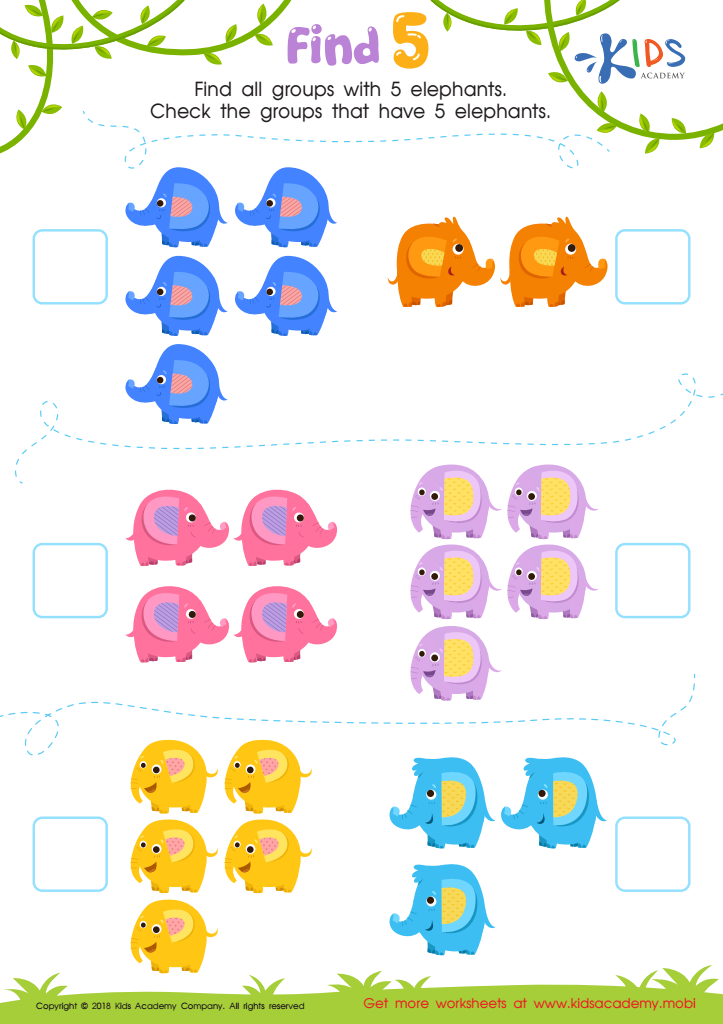

Find 5 Worksheet
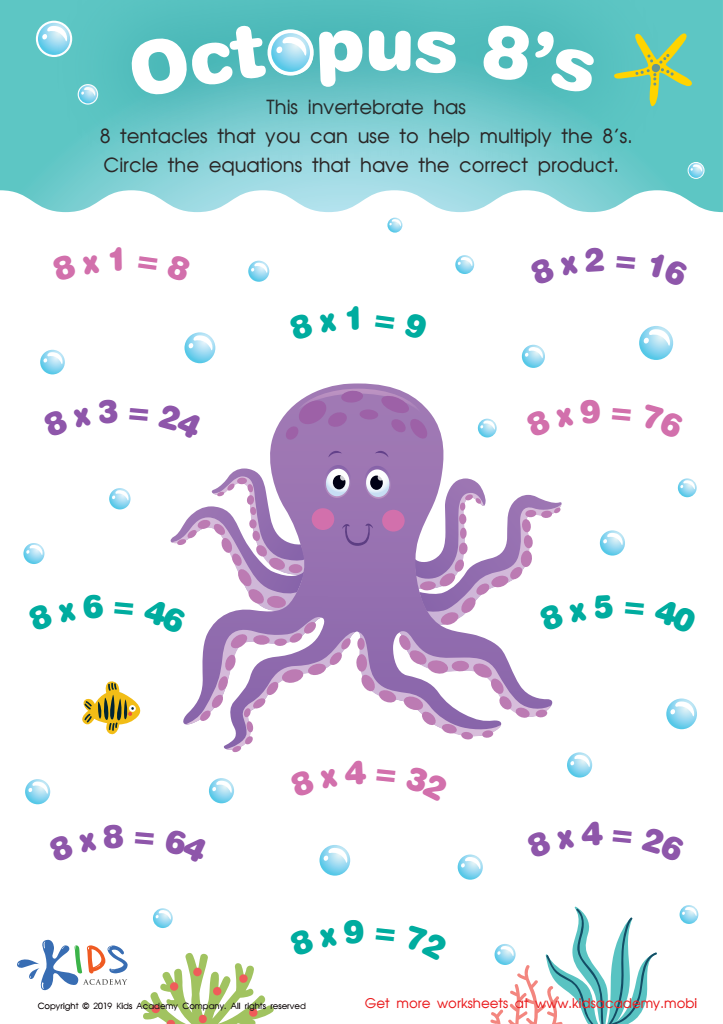

Octopus 8’s Worksheet
Parents and teachers should care about Number Recognition Normal Science for ages 5-8 because it serves as a foundational skill for children's mathematical development. At this age, children are often introduced to numbers, and recognizing them can significantly influence their mathematical understanding. Number recognition helps children identify quantities, engage in counting activities, and solve basic arithmetic problems.
Cognitive development during these early years is rapid, and mastery of number recognition lays the groundwork for more complex concepts such as addition, subtraction, and even early geometry. Furthermore, effective number recognition supports children's ability to connect mathematical concepts to real-world situations, fostering their analytical and problem-solving skills.
In addition to cognitive benefits, developing number recognition encourages a positive attitude towards math. When children confidently recognize and use numbers, they may feel empowered to explore mathematics further.
Moreover, as an integral part of early education, fostering number recognition can mitigate future learning difficulties. Collaboration between parents and teachers is essential: joint activities, games, and discussions about numbers can significantly enhance children's learning experience. In fostering these skills, we embark on a journey of building numerical literacy that empowers children for lifelong learning and success.
 Assign to My Students
Assign to My Students








.jpg)

